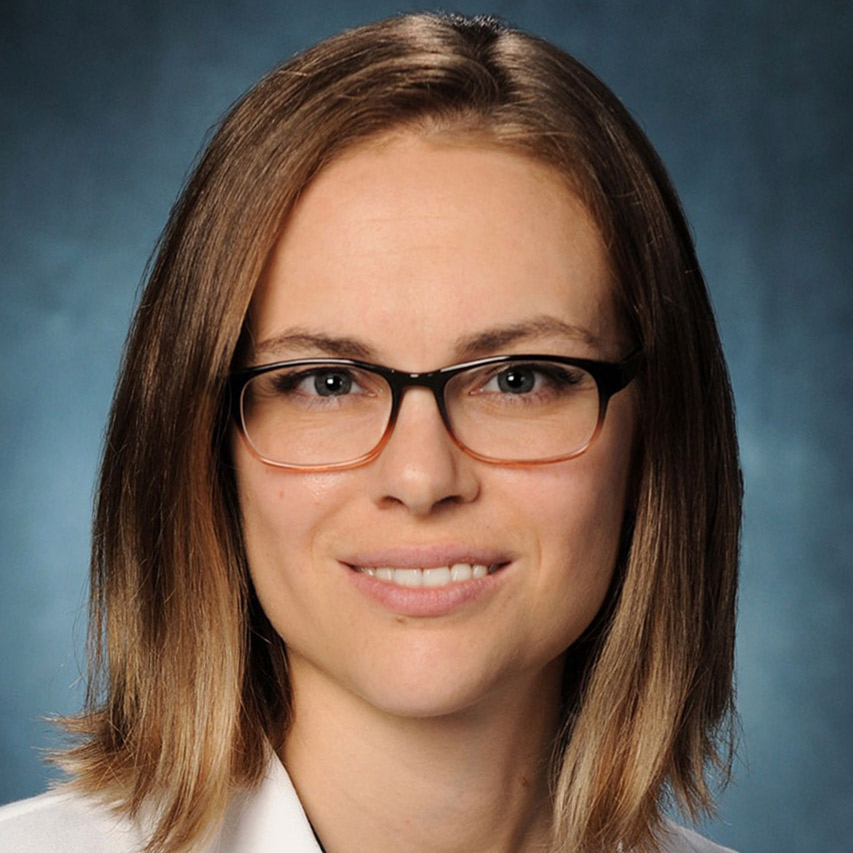Mild COVID-19 means you might have symptoms like a cough, sore throat, or fatigue — but you don’t have shortness of breath.
Most of the time, people can treat mild COVID infections at home.
Some people may need specific COVID treatments, so contact your healthcare team to discuss your options.
Most cases of COVID-19 infection are “mild.” But the symptoms of mild COVID might not feel mild. For some people, the symptoms can be easily confused with a cold or the flu (influenza). For others, COVID illness feels different than anything they’ve experienced before.
So how do you know when it’s safe care for yourself at home — and when you should get medical help?
Here’s what a mild infection with the virus that causes COVID actually looks and feels like, plus simple steps you can take to recover.
Search and compare options
Mild COVID can feel different for everyone. You may have a mix of symptoms when you have a mild COVID illness. But you shouldn’t have any trouble breathing.
The World Health Organization (WHO) defines mild COVID illness as:
COVID infection symptoms
No shortness of breath or trouble breathing
No abnormal chest imaging (like an X-ray)
COVID infection symptoms include:
Congestion or runny nose
Fatigue
Sneezing
Cough
Fever or chills
New loss of smell or taste
Muscle or body aches
Nausea or vomiting
You may have one or more of these symptoms when you have a mild COVID illness.
All about COVID-19 vaccines: Getting vaccinated is the best way to protect yourself from infection. Learn about the updated COVID vaccines.
COVID remedies: There are lots of things you can do to ease your COVID symptoms at home.
When COVID is severe: Though most cases of COVID can be treated at home, it can cause serious illness. Learn when to go to the ER.
Yes, you can have COVID infection without a fever.
Studies from early in the pandemic showed that fever was fairly common in adults who tested positive for COVID. Back then, about 78% of people had a fever when they were sick with COVID. But this included people who had severe cases of COVID.
A more recent study looked at people with mild COVID and found that only half of them had a fever. There’s also evidence that newer COVID strains are less likely to cause fever. So, if you have mild COVID, it’s likely that you won’t have a fever.
It’s hard to say how common mild COVID infection is, because many people test at home or don’t seek care for their symptoms. But data suggests that at least 8 in 10 people with a COVID infection have a mild illness.
Some people with a mild COVID illness don’t have any symptoms at all. In fact, some data suggests that up to 6 out of 10 people with mild COVID don’t experience any symptoms.
People with a weakened immune system or certain health conditions are at a higher risk for getting severe COVID. This includes people who:
Have asthma, cancer, or diabetes
Have heart, liver, or lung disease
Have certain mental health conditions or dementia
Have a body mass index (BMI) greater than 30
Are 50 years old or older, and especially those over 65 years old
Have a weakened immune system
Are pregnant or recently had a baby
If you have more than one of these risk factors, your chances of getting severe symptoms from COVID are even higher.
Smoking also puts you at higher risk of developing severe COVID illness. That’s because smoking weakens your lungs, making it harder for your body to fight COVID illness.
The CDC recommends treating a mild COVID infection similar to the way you might treat any other mild, contagious respiratory illness. Here’s how to take care of yourself during a mild COVID illness:
Stay home. Stay home from work or school until you feel better. Rest helps your body recover and also lowers the spread of the virus to others.
Try over-the-counter (OTC) medications. You can treat fever and body aches with OTC fever and pain relievers. Acetaminophen (Tylenol) and ibuprofen (Advil, Motrin) are safe to take for COVID infection.
Support your body as it recovers. As with any mild respiratory illness, be sure to get plenty of rest, eat nutritious foods, and stay hydrated.
Talk to a healthcare professional. There are treatments for COVID illness. If you’re at risk for severe COVID, ask your primary care provider about your options.
There’s no exact number of days that you need to isolate if you have mild COVID.
According to the CDC, you can return to your normal activities when:
You’ve felt better for at least 24 hours AND
You haven’t had a fever for 24 hours without taking fever-reducing medications
However, it’s important to know that you might stay contagious with COVID for a few days after you return to your activities. During this time, you can lessen the chance of spreading the virus to others by distancing, wearing a mask, and paying careful attention to your hygiene.
Yes, mild COVID can turn into severe COVID. That’s why it’s important to track the timeline of your illness. You should seek care right away if:
Your symptoms are getting worse instead of better
You have trouble breathing or feel short of breath at any time
You develop a new fever during your illness
Some people with COVID never have symptoms. Others continue to feel sick after 3 weeks. Because COVID affects people in different ways, it’s hard to say exactly how long it will last for you. But for many people, COVID stages and symptoms tend to follow some general patterns:
Days 2 to 5: If symptoms happen, they usually start during this time. Nasal congestion, sore throat, and cough are often the first symptoms to show up.
Days 3 to 5: Symptoms usually peak around this time. You’re more likely to have fever, muscle aches, and headache during these days.
Most people with COVID infection feel better within a few weeks. But some people develop long COVID. This is a broad term that describes a wide range of health issues that start or continue 4 weeks after a COVID infection. You can develop long COVID after a mild COVID illness.
Right now, there are no specific treatments for long COVID. But there’s ongoing research to find better ways to help people with this condition.
COVID illness can get worse quickly. Get medical attention right away if you have any of the following symptoms:
New or worsening breathlessness that doesn’t settle
You can’t walk around your home, shower, or get dressed without feeling out of breath
Bluish lips or tongue
New confusion or drowsiness
These symptoms are a sign of low blood oxygen. This is the most worrying feature of COVID infection. Your body needs oxygen to survive.
You should also get urgent medical attention if you have other symptoms that would usually worry you, such as:
Chest pains
Severe headaches
Seizures
Weakness in your face, arms, or legs
These symptoms were serious before the COVID pandemic, and they still are now.
People with mild COVID usually have symptoms for 1 to 14 days. But for some, symptoms last longer. One study found that 1 in 4 people with mild COVID still had symptoms after 3 weeks.
People with mild COVID usually have symptoms for 1 to 14 days. But for some, symptoms last longer. One study found that 1 in 4 people with mild COVID still had symptoms after 3 weeks.
Foods that boost your immune system, like foods rich in vitamin C, zinc, and fiber, may help you recover from COVID. It’s also important to drink enough water to stay hydrated when you’re sick.
Mild COVID cases can feel like the common cold. Both illnesses can cause headache, sore throat, and a stuffy nose. The only way to know for sure if you have COVID is to get tested.
Mild COVID symptoms include cough, sore throat, and fatigue — but not shortness of breath. Most people can safely treat mild COVID at home using over-the-counter medications, rest, and hydration. But symptoms can get worse quickly — especially for people at higher risk for severe illness. Get medical attention right away if your symptoms get worse or you develop trouble breathing.




Centers for Disease Control and Prevention. (2024). Preventing spread of respiratory viruses when you’re sick.
Centers for Disease Control and Prevention. (2024). Taking steps for cleaner air for respiratory virus prevention.
Centers for Disease Control and Prevention. (2025). Trends in United States COVID-19 deaths, emergency department (ED) visits, and test positivity by geographic area.
Centers for Disease Control and Prevention. (2025). Underlying conditions and the higher risk for severe COVID-19.
Ekroth, A. K. E., et al. (2022). Comparative symptomatology of infection with SARS-CoV-2 variants Omicron (B.1.1.529) and Delta (B.1.617.2) from routine contact tracing data in England. Epidemiology and Infection.
Grant, M. C., et al. (2020). The prevalence of symptoms in 24,410 adults infected by the novel coronavirus (SARS-CoV-2; COVID-19): A systematic review and meta-analysis of 148 studies from 9 countries. PLoS One.
Johansson, M. A., et al. (2021). SARS-CoV-2 transmission from people without COVID-19 symptoms. JAMA Network Open.
Lane, A., et al. (2021). Clinical characteristics and symptom duration among outpatients with COVID-19. American Journal of Infection Control.
Menni, C., et al. (2022). Symptom prevalence, duration, and risk of hospital admission in individuals infected with SARS-CoV-2 during periods of omicron and delta variant dominance: A prospective observational study from the ZOE COVID study. The Lancet.
RECOVER. (n.d.). Making progress toward recovery. National Institutes of Health.
Spinato, G., et al. (2020). Alterations in smell or taste in mildly symptomatic outpatients with SARS-CoV-2 infection. JAMA.
World Health Organization. (2023). Coronavirus disease (COVID-19).
World Health Organization. (2023). COVID-19: Symptoms.

Get prescription saving tips and more from GoodRx Health. Enter your email to sign up